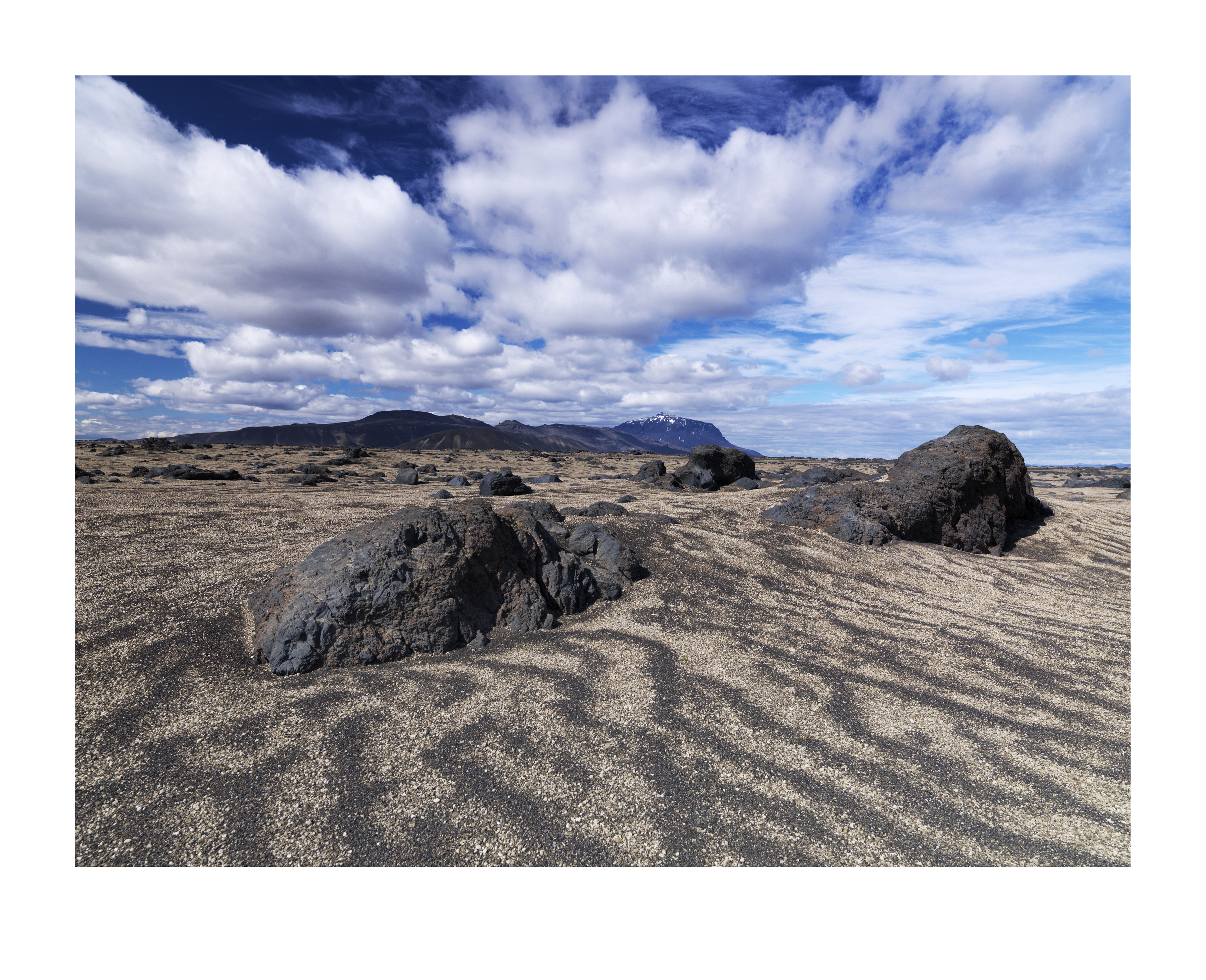New Smithsonian Exhibition “Primordial Landscapes” Immerses Visitors in Iceland’s Dynamic Beauty
In April 2015, the United States began its two-year term as chair of the Arctic Council. In celebration of the council’s significant role in protecting the Arctic, the Smithsonian’s National Museum of Natural History in Washington, D.C., will unveil a new exhibition called “Primordial Landscapes: Iceland Revealed.” “Primordial Landscapes” combines stunning photographs with sound and lighting effects to take visitors on a memorable journey through some of Iceland’s most breathtaking and mysterious natural landscapes. The 1,830-square-foot exhibition will open July 2 and be located in the Special Exhibitions Hall on the first floor of the museum. It will run through April 2017.
The exhibition will convey that Iceland is a geologically active wonder, with diverse and magnificent landscapes. The primordial quality of Icelandic landscapes offers a behind-the-scenes look at how the planet was formed and continues to evolve.
“Iceland is a place of startling beauty and incredibly dramatic landscapes,” said Kirk Johnson, the Sant Director of the National Museum of Natural History. “As the United States serves as the chair of the Arctic Council from 2015 to 2017, the museum will be highlighting our Arctic connections with exhibitions like ‘Primordial Landscapes: Iceland Revealed,’ public programming and research symposia.”
“What is happening in the Arctic has repercussions beyond our region,” said Gunnar Bragi Sveinsson, foreign minister of Iceland. “Climate change, shipping, economic development and environmental changes in the Arctic concern us all. As the caretakers of the Arctic, the eight Arctic states have a special role to play and a big responsibility.”
The 41 photographs to be featured in the exhibition were taken by Feodor Pitcairn, award-winning photographer and cinematographer. Pitcairn is an avid naturalist, whose talents bring the quiet wisdom and beauty of nature’s most wild environments to people’s doorsteps. He has spent his career traveling to terrestrial and underwater wildernesses worldwide in order to capture their unique magnificence and share the stories they tell of humans’ relationship with the Earth and its ecosystems. About his Icelandic journeys, Pitcairn said: “On my first tour of Iceland in 2011, I was immediately captivated by the stunning landscapes—craggy ocean shorelines, volcanic mountains, hot springs, ice fields and so much more. With each return to this place at the edge of the Arctic Circle, I became more intimately humbled by nature’s power. It is the tonic of wildness that can renew us. I have found great inspiration while sojourning with my camera in these wild and varied landscapes.”
A small selection of specimens from the museum’s mineral sciences and botany departments will complement the photographic display with unique geological and botanical formations from Iceland’s evolving landscapes. The exhibit includes a lava sample and images from the 2014 Bárdarbunga volcanic eruption.
The exhibition will also feature poetry by Icelander Ari Trausti Gudmundsson, renowned geophysicist, author and poet. Visitors will see his words projected throughout the exhibition in large text and hear him read them aloud in Icelandic. Special effects will include an environmental soundtrack of bubbling geysers, rumbling volcanoes, ocean waves, wind, creaking glaciers, breaking ice and more. Aurora borealis lighting effects will evoke the color and movement of this natural phenomenon.
“Iceland Revealed” was developed in partnership with the Embassy of Iceland and Feo Pitcairn Fine Art and with support from Iceland Naturally and Promote Iceland. The photographs will be featured in an accompanying publication by powerHouse Books called Primordial Landscapes: Iceland Revealed, which will be available beginning in July 2015.
The Smithsonian’s National Museum of Natural History welcomed more than 7 million visitors in 2014, making it one of the most-visited museums in the world. Opened in 1910, the museum on the National Mall is dedicated to maintaining and preserving the world’s most extensive collection of natural history specimens and human artifacts. It also fosters significant scientific research and educational programs and exhibitions that present the work of its scientists to the public. The museum is open daily from 10 a.m. to 5:30 p.m. (closed Dec. 25). Admission is free. For more information, visit the museum on its website and on Facebook and Twitter.
# # #
SI-319-2015











